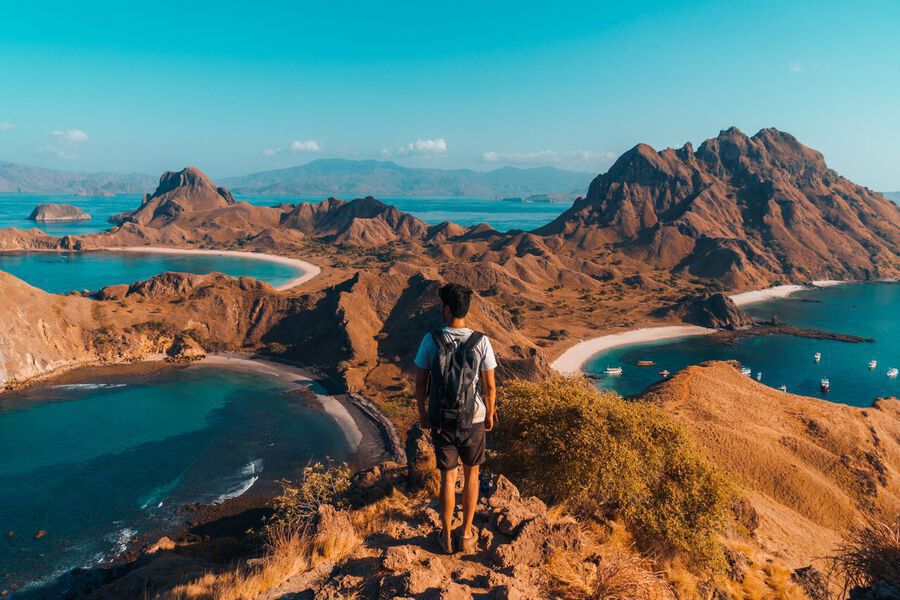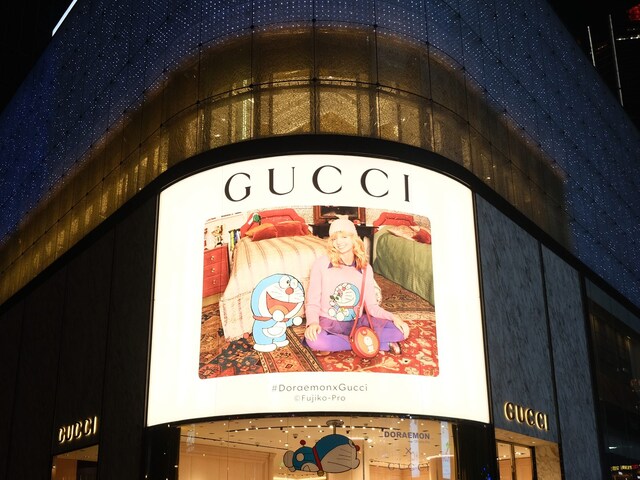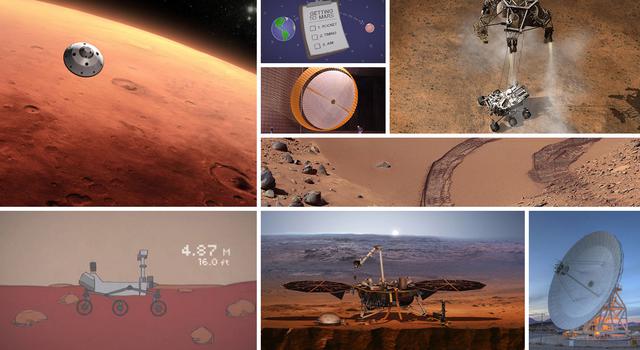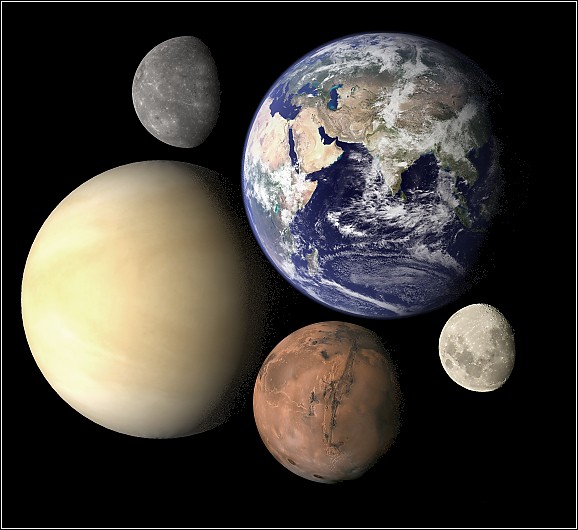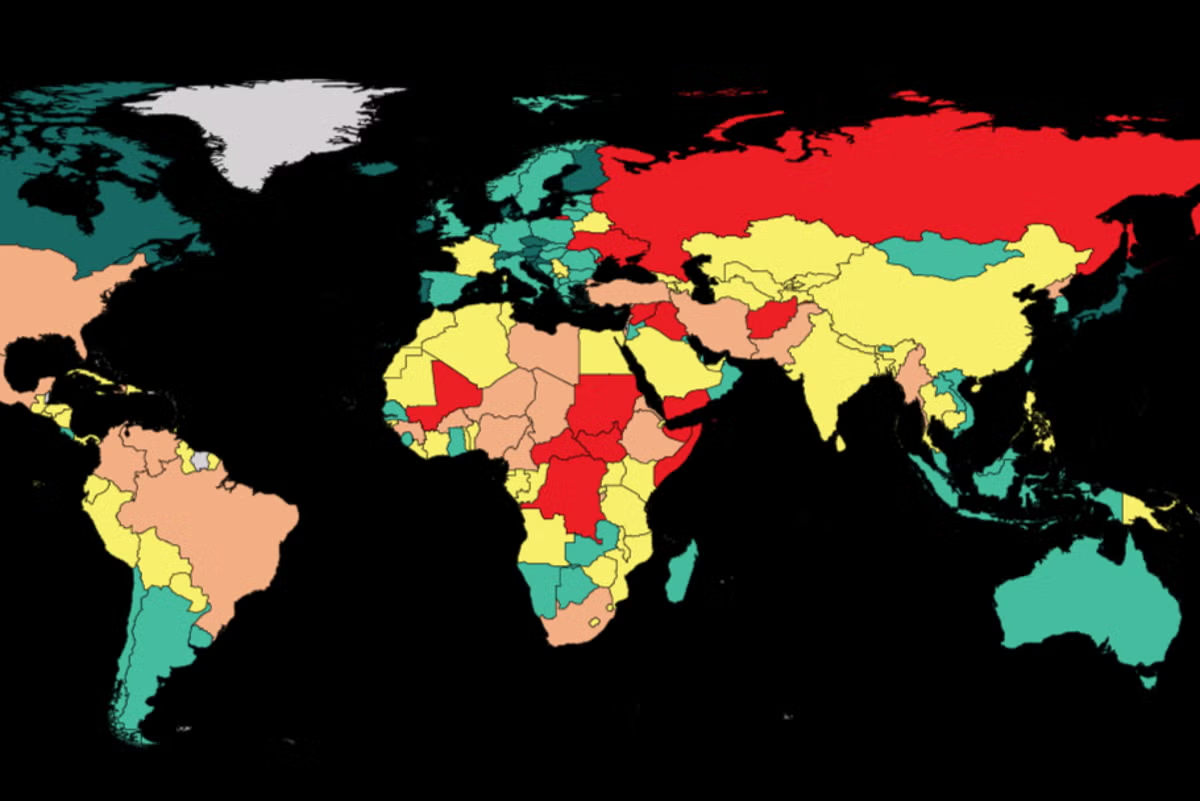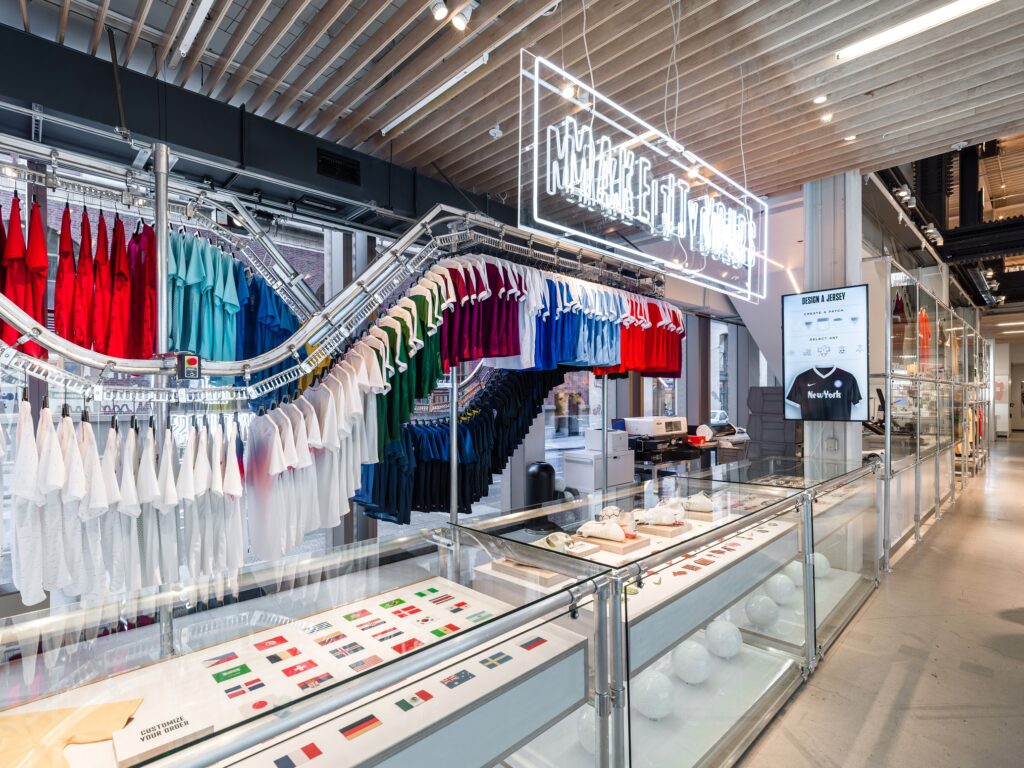vcdiversity.org – Southeast Asia has long been a haven for budget travelers seeking adventure, culture, and natural beauty. With its diverse landscapes, vibrant cities, and rich history, the region offers a plethora of affordable experiences that cater to every type of traveler. Whether you’re a backpacker, a history buff, or a nature lover, Southeast Asia promises unforgettable adventures without breaking the bank.
The Allure of Southeast Asia
Southeast Asia is a tapestry of cultures, religions, and traditions, all woven together by the warmth and hospitality of its people. From the bustling streets of Bangkok to the serene rice terraces of Bali, the region is a treasure trove of experiences waiting to be discovered. The cost of living in many Southeast Asian countries is significantly lower than in the West, making it an ideal destination for those looking to stretch their travel budget.
Affordable Accommodations
One of the first expenses travelers face is finding a place to stay. Southeast Asia offers a wide range of affordable accommodations, from hostels and guesthouses to budget hotels and homestays. In cities like Ho Chi Minh City, Kuala Lumpur, and Manila, you can find comfortable lodgings for as little as $10 to $15 per night. For those seeking a bit more privacy, budget hotels with amenities such as air conditioning and free Wi-Fi can be found for around $20 to $30 per night.
Delicious and Inexpensive Cuisine
The culinary scene in Southeast Asia is as diverse as it is affordable. Street food is a staple in the region, offering a variety of dishes that are both delicious and easy on the wallet. For as little as $1 to $3, you can enjoy a meal that is not only filling but also an authentic taste of local culture. From the spicy flavors of Thai cuisine to the comforting dishes of Vietnamese pho, the region’s food is an adventure in itself.
Exploring on a Budget
Transportation in Southeast Asia is both affordable and varied. Buses and trains are the most economical ways to travel between cities and countries, with fares often costing just a few dollars for several hours of travel. For those looking to explore more remote areas, motorbike rentals are a popular option, with daily rates starting as low as $5 to $10.
Free and Low-Cost Attractions
Many of Southeast Asia’s most stunning attractions are either free or have very low entrance fees. Temples like Angkor Wat in Cambodia and Borobudur in Indonesia offer spiritual and historical experiences that are unparalleled. National parks such as the Tonle Sap Biosphere Reserve in Cambodia and Taman Negara in Malaysia provide opportunities for hiking and wildlife spotting at minimal cost.
Cultural Experiences
Immersing yourself in the local culture doesn’t have to be expensive. Attending a traditional performance, such as a Khmer Apsara dance in Cambodia or a Wayang Kulit shadow puppet show in Indonesia, can cost as little as $5. Participating in local festivals and markets is another way to experience the region’s rich traditions without spending much.
Tips for Budget Travelers
- Travel Off-Peak: Avoid the high season to get better deals on accommodations and flights.
- Eat Like a Local: Opt for street food and local eateries instead of tourist-oriented restaurants.
- Use Public Transport: Buses and trains are not only cheaper but also offer a more authentic travel experience.
- Stay Connected: Purchase a local SIM card for easy access to maps and information on the go.
- Be Flexible: Being open to changes in your itinerary can lead to unexpected adventures and savings.
Southeast Asia is a land of contrasts, where ancient traditions meet modern life, and natural beauty coexists with urban sprawl. With careful planning and an adventurous spirit, travelers can experience the wonders of this region without spending a fortune. So pack your bags, embrace the unknown, and discover the budget bliss that awaits in Southeast Asia.


